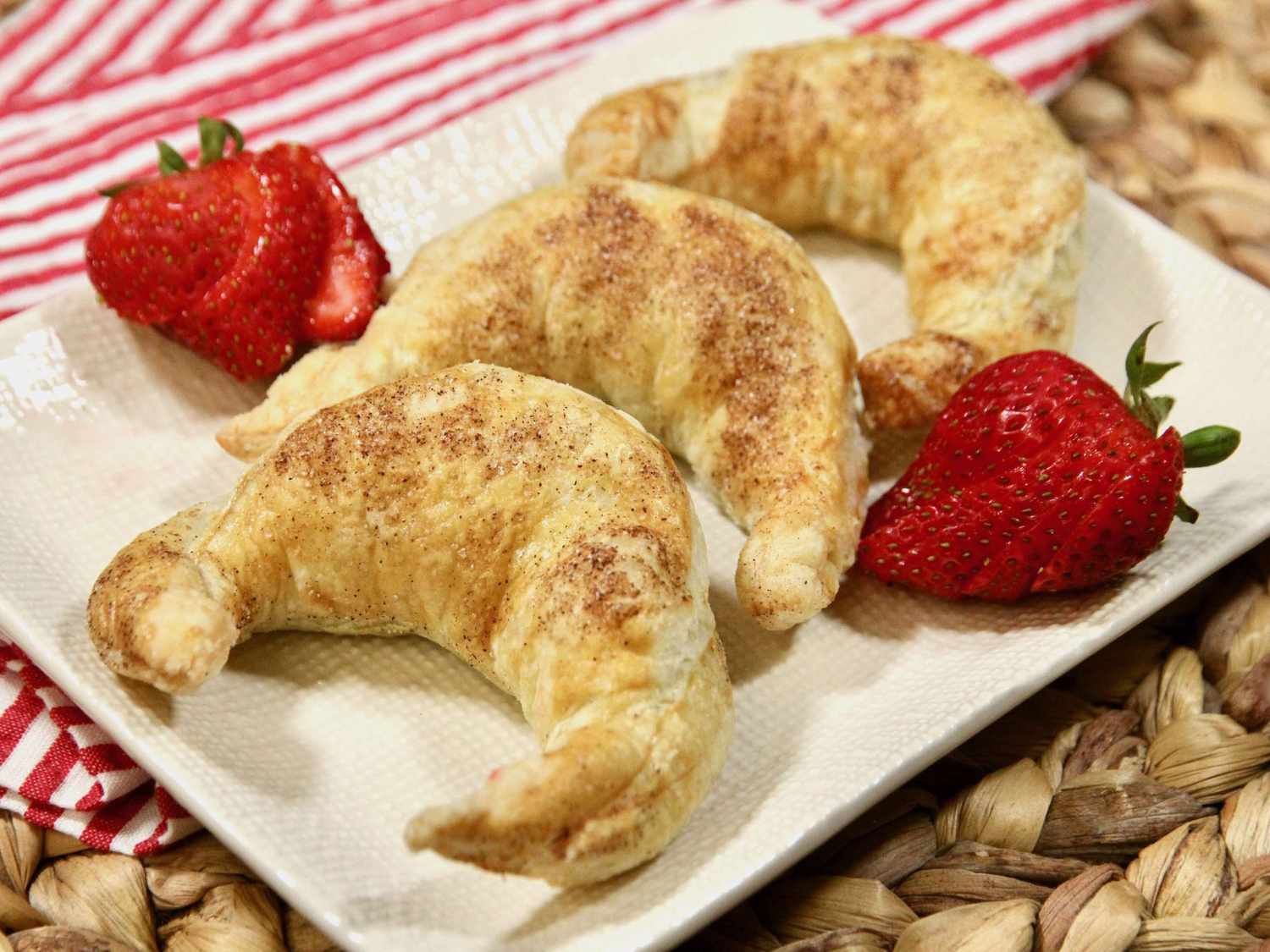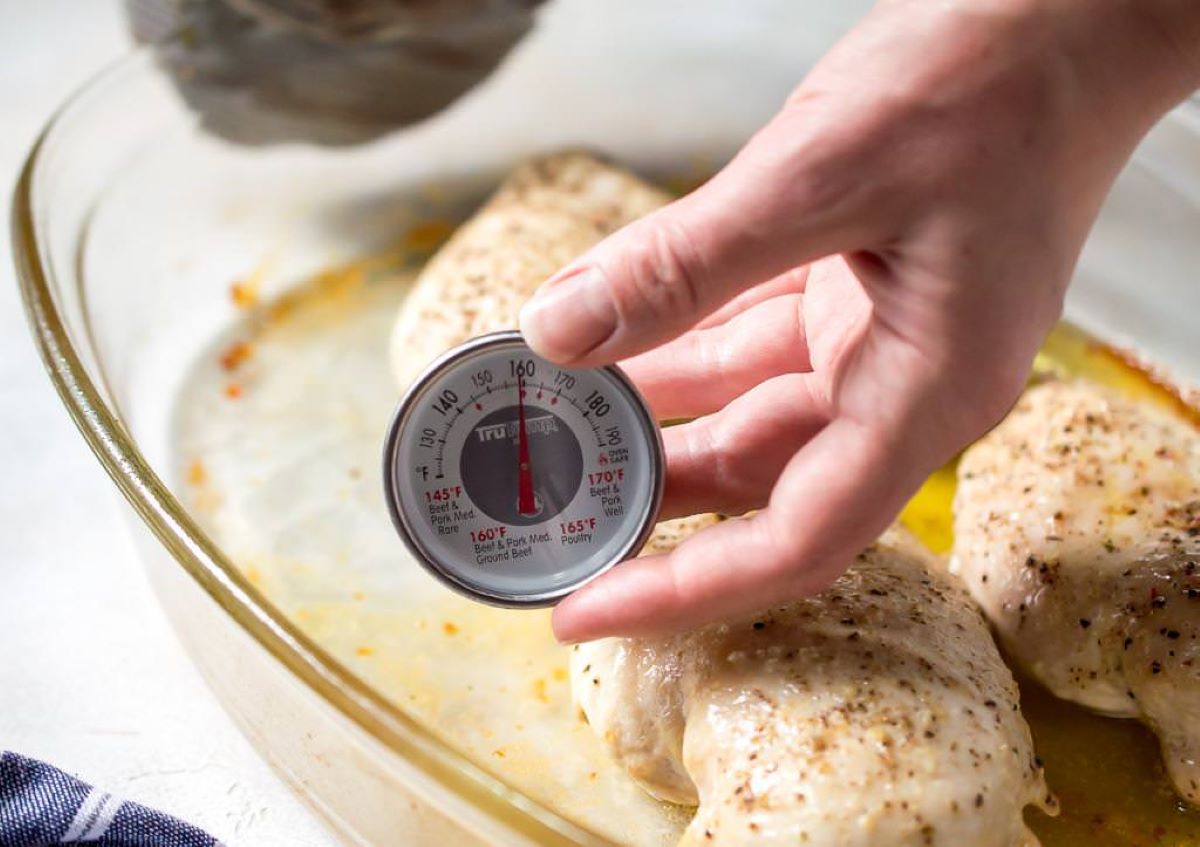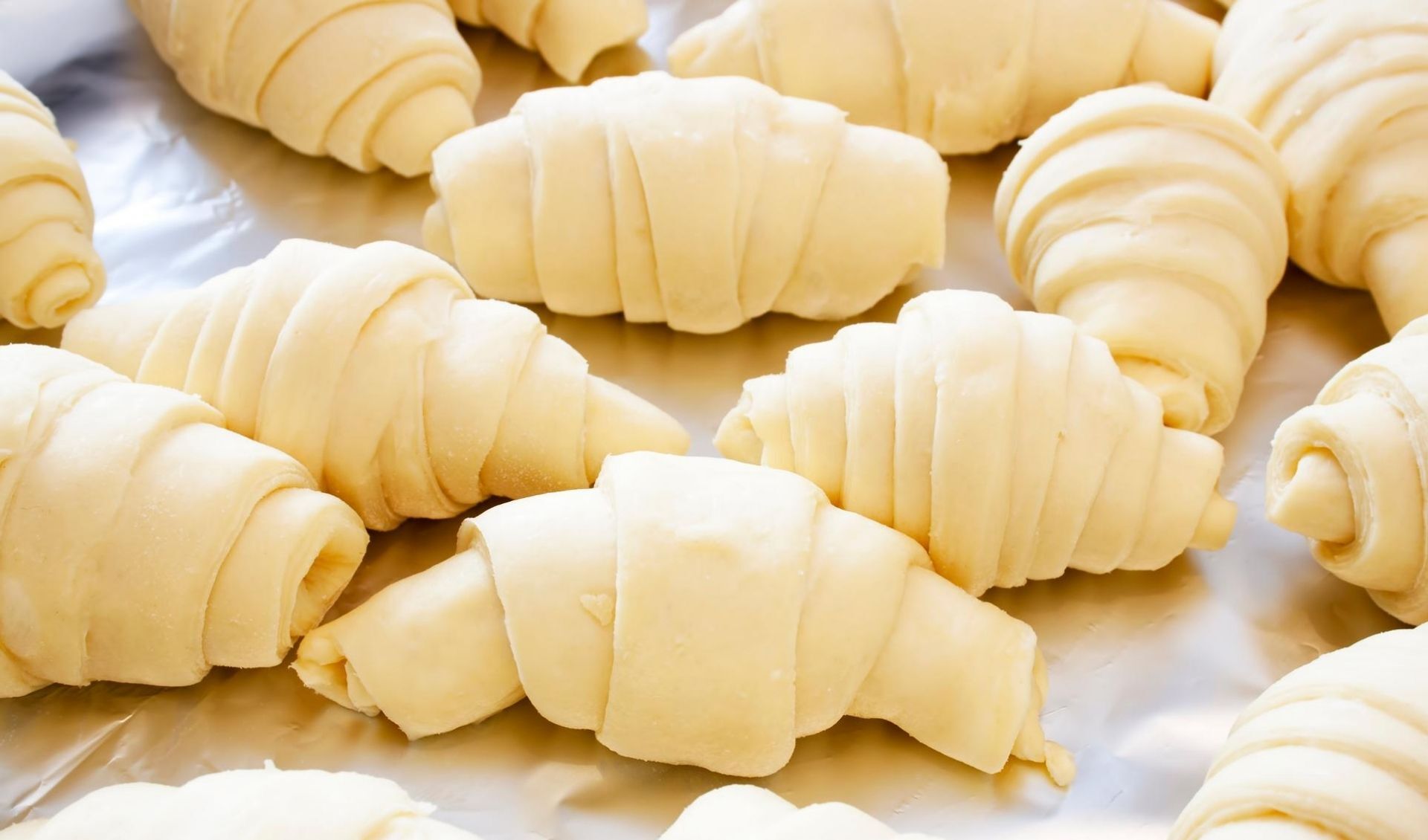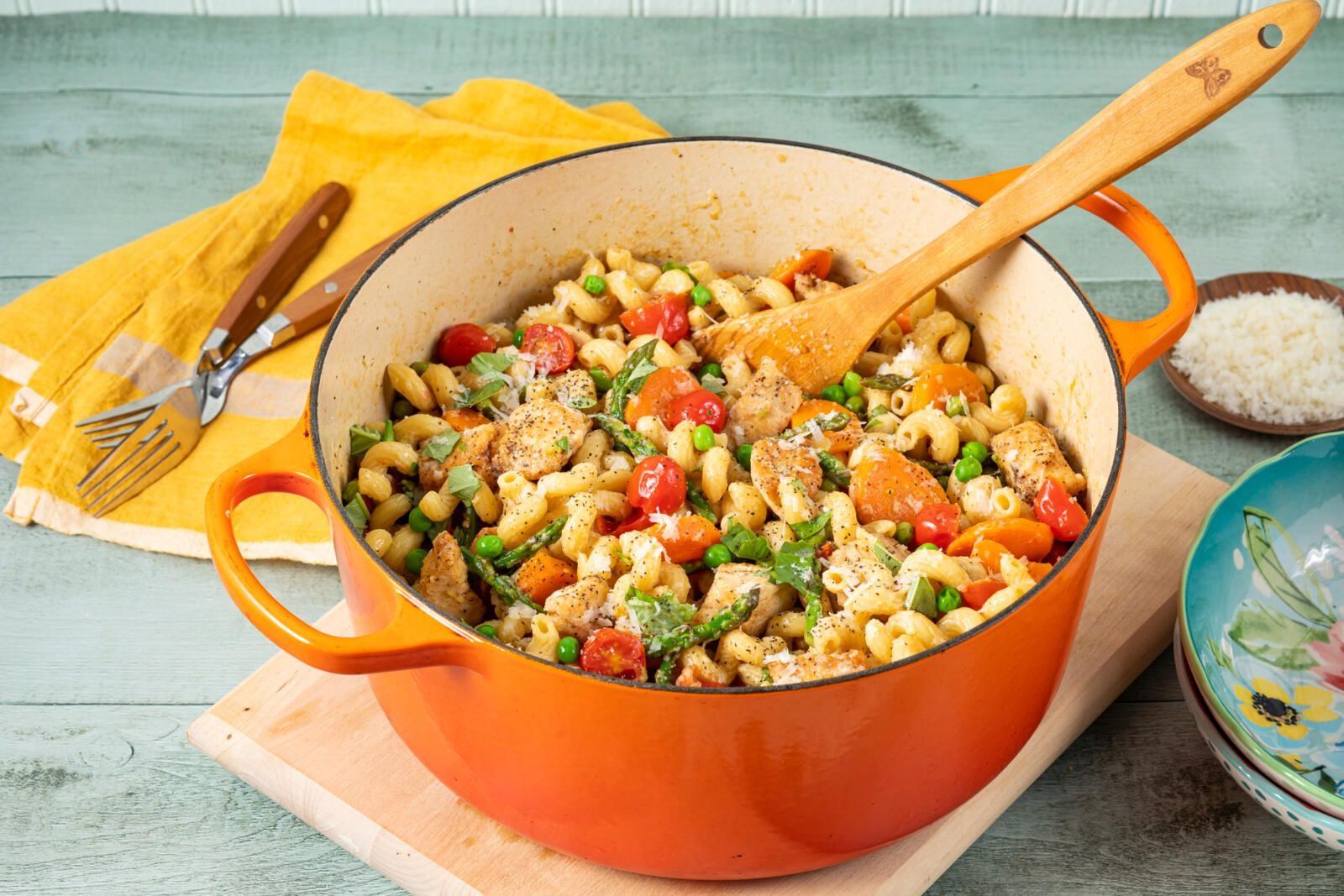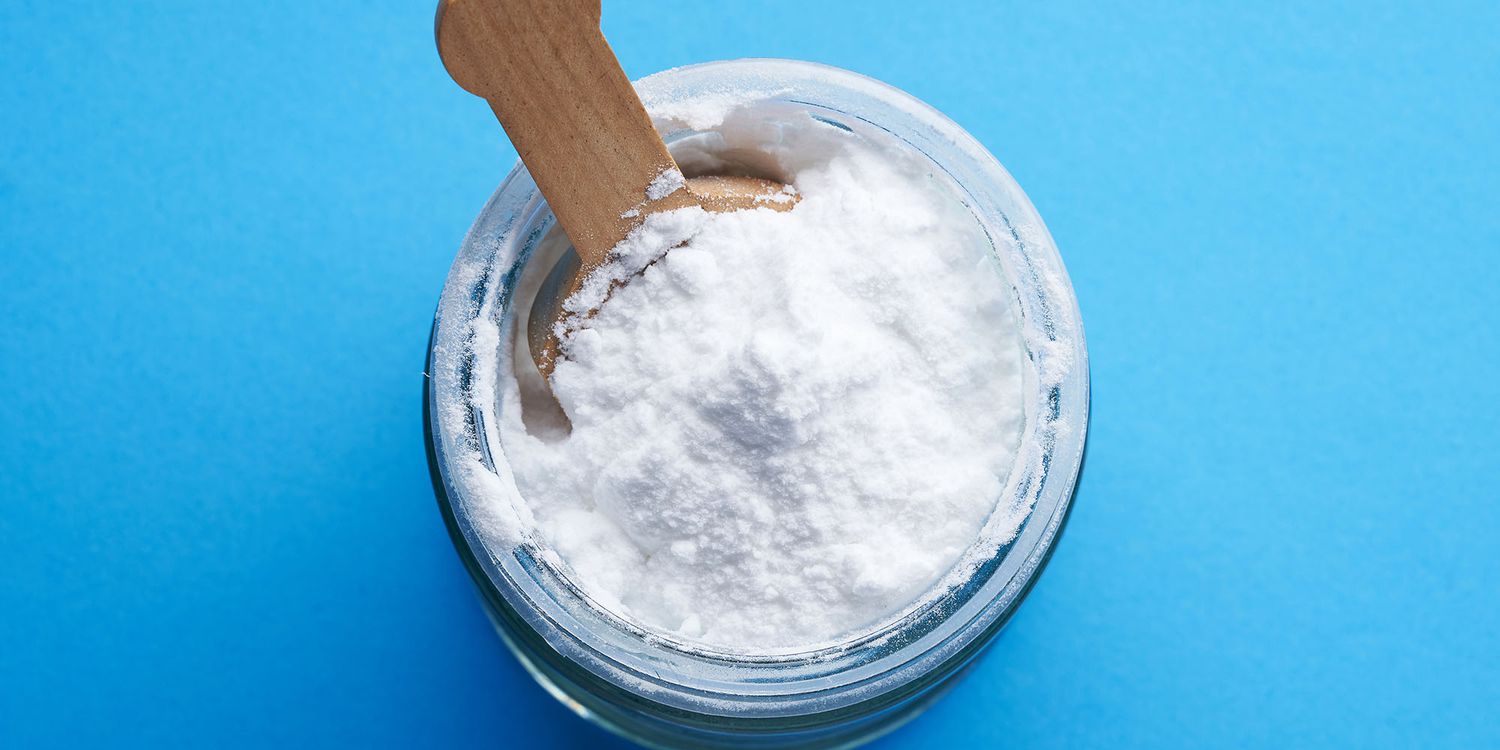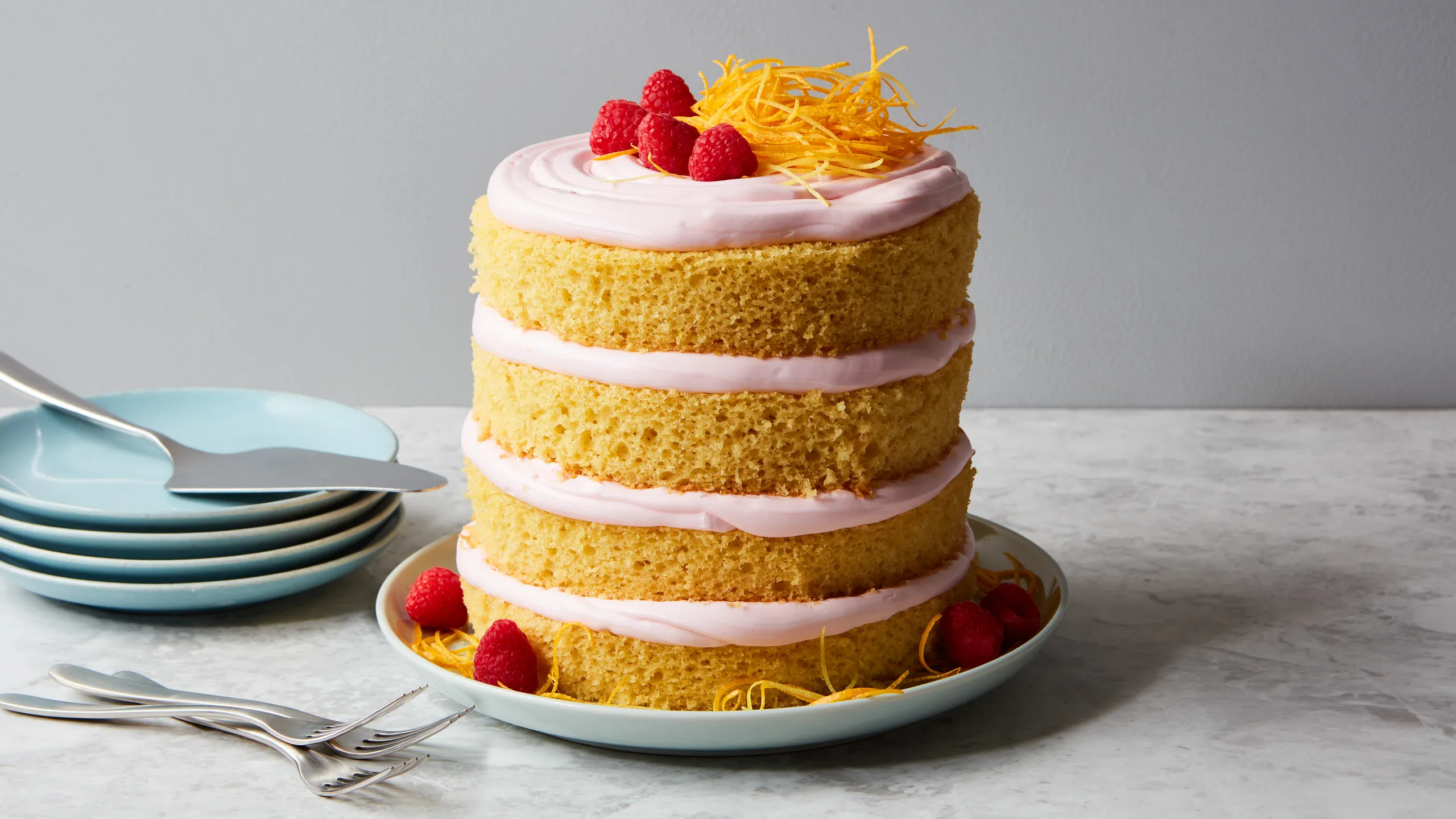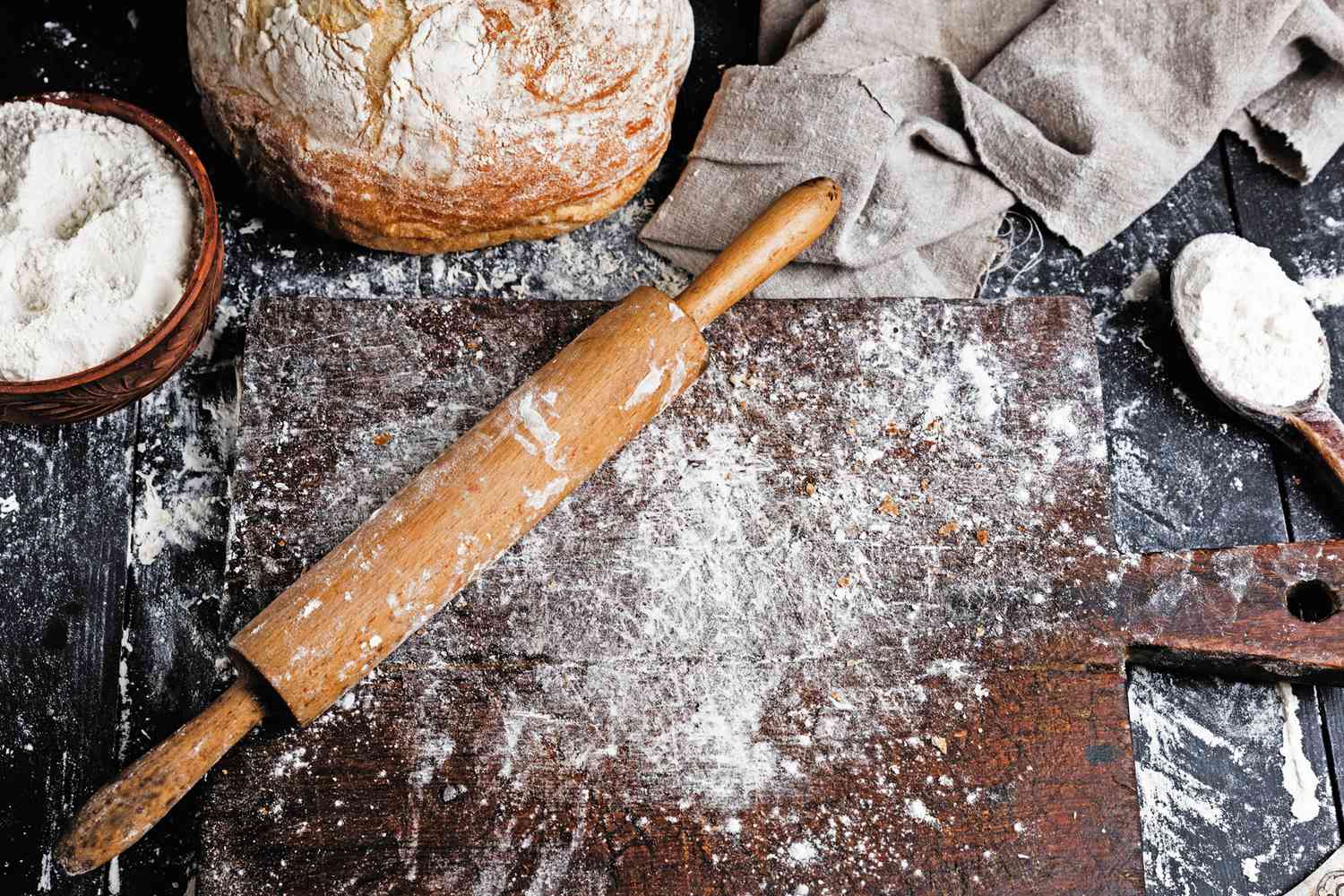7 Steps to Baking Cookies
There’s nothing quite like the sweet aroma of freshly baked cookies wafting through your home. Whether you’re a seasoned baker or a beginner in the kitchen, baking cookies can be a fun and rewarding activity. In this article, we’ll guide you through 7 simple steps to baking delicious cookies that will have your friends and family begging for more!
Step 1: Gather Your Ingredients
The first step in any baking endeavor is to gather all your ingredients. For baking cookies, you’ll need:
- 2 1/4 cups all-purpose flour
- 1/2 teaspoon baking soda
- 1 cup unsalted butter, softened
- 3/4 cup granulated sugar
- 3/4 cup packed brown sugar
- 1 teaspoon vanilla extract
- 2 large eggs
- 2 cups chocolate chips (or any other mix-ins of your choice)
Make sure all your ingredients are at room temperature for the best results!
Step 2: Preheat Your Oven
Preheat your oven to 375°F (190°C). It’s important to preheat the oven so that your cookies bake evenly.
Step 3: Mix the Dough
In a medium bowl, whisk together the flour and baking soda. In a separate large bowl, cream together the softened butter, granulated sugar, and brown sugar until smooth and creamy. Add in the vanilla extract and eggs, one at a time, mixing well after each addition. Gradually add the dry ingredients to the wet ingredients, mixing until just combined. Finally, fold in the chocolate chips (or other mix-ins).
Step 4: Shape the Cookies
Scoop rounded tablespoons of dough and roll them into balls. Place the dough balls onto a lined baking sheet, spacing them about 2 inches apart. For chewy cookies, you can lightly flatten each dough ball with the palm of your hand.
Step 5: Bake Your Cookies
Put the baking sheet into the preheated oven and bake for 9-11 minutes, or until the edges are golden brown. The centers may still appear slightly undercooked, but they will firm up as the cookies cool. Remember that baking time may vary depending on your oven and the size of your cookies, so keep an eye on them!
Step 6: Cool and Enjoy!
Remove the baking sheet from the oven and let the cookies cool on the pan for a few minutes. Then, transfer them to a wire rack to cool completely. Once cooled, indulge in a taste of your freshly baked cookies! They pair perfectly with a glass of cold milk or a hot cup of coffee.
Step 7: Store or Share
If you’re not planning to devour all the cookies at once (although it can be tempting), store them in an airtight container to keep them fresh. They should stay delicious for up to a week. Alternatively, you can share your homemade treats with friends, family, or neighbors to spread some cookie joy!
Now that you’ve mastered the art of baking cookies, you can experiment with different flavors, shapes, and toppings. Baking is all about creativity, so don’t be afraid to put your own spin on classic cookie recipes. Happy baking!
In most cookie recipes, baking soda is the preferred choice. However, if you don’t have baking soda on hand, you can use baking powder instead. Keep in mind that using baking powder may result in slightly different texture and taste, so it’s always best to follow the recipe for the best results.
Was this page helpful?
Read Next: What Temp To Bake Chocolate Chip Cookies
